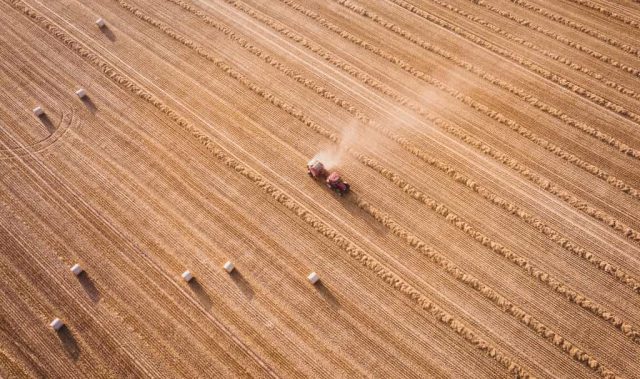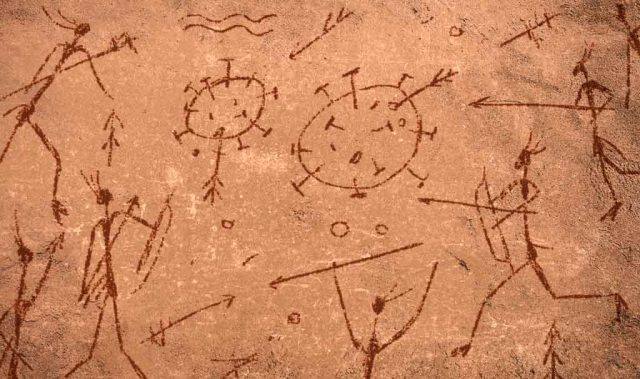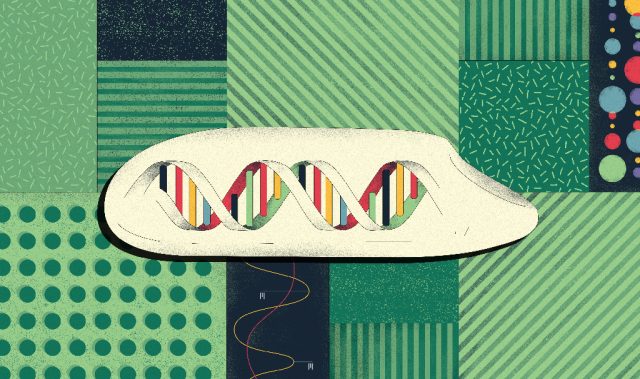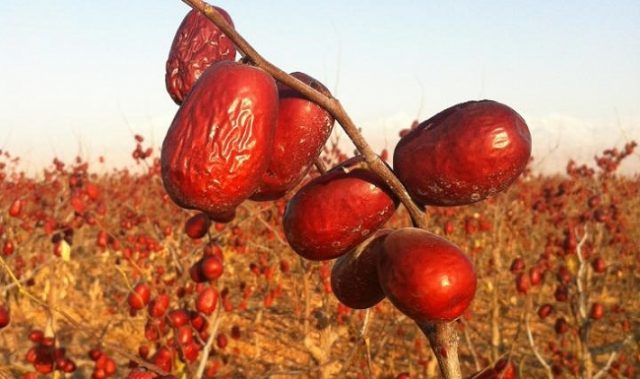
AsianScientist (Nov. 30, 2011) – The soybeans of today are widely used in many different cultures and countries around the world for both human and livestock consumption.
Present assumptions about soybeans (Glycine max) are that they were first domesticated in China 3,000 years ago. However, scientists from the University of Oregon have found evidence that small-seeded soybeans or wild-type soybeans could date back to 9,000 years ago.
The researchers compared 949 charred soybean samples taken from 22 sites in northern China, Japan, and South Korea with 180 modern charred and unburned samples that were detailed in a study done previously.
“Preserved beans have been carbonized, and that distorts the sizes, so we experimented with modern soybeans, charring them to compare them with historical samples,” said Gyoung-Ah Lee, an archaeologist at the University and the lead author of the study.
“All the different sizes and shapes of soybeans may indicate different efforts in different times by different cultural groups in different areas,” Lee said.
This new study dates domestication of the soybean to 5,500 years ago, around the time villages were established in northern China.
“Soybeans appeared to be linked to humans almost as soon as villages were established in northern China. Soybean seems to be a plant that does well in human-impacted habitats. In turn, humans began to learn how tasty soybean was and how useful it was.” said co-author Gary Crawford, a professor of anthropology at the University of Toronto Mississauga.
This new archaeological evidence could allow crop scientists, plant geneticists, and archaeologists to better understand soybean characteristics, domestication, and genetic changes.
The article can be found at: Lee GA et al. (2011) Archaeological Soybean (Glycine max) in East Asia: Does Size Matter?
——
Source: University of Oregon.
Disclaimer: This article does not necessarily reflect the views of AsianScientist or its staff.












